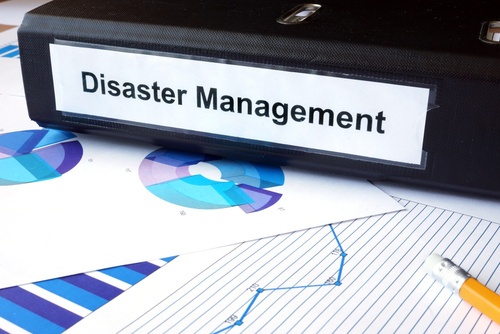
In part one, we divided crisis communications into two main segments: preparation (proactive) and response (reactive). As you recall, anticipating and preparing for the unexpected was a three-part process:
- Change your attitude.
- Brainstorm all of the possibilities.
- Develop a plan (in advance).
So now that you’re ready, what do you do once a crisis actually occurs?
1. Stabilize the Situation
Act fast, but not too fast. In a crisis, your reaction needs to be quick, but not at the cost of compromising on quality. In fact, this statement holds true not just for step one, but two through four also.
Your strategy will be unique to each incident. Was there a fire? Plant explosion? Chemical spill? Did a crime take place? This step may require you evacuating to safety, sounding an alarm or triggering a notification system, calling first responders like police, fire department or other possible actions. Your crisis management plan should have each scenario mapped out.
In the environmental engineering industry specifically, regular safety training and drills are conducted to rehearse the proper procedure for each situation.
2. Follow Reporting Protocol
Reporting an incident needs to take place in minutes, not hours, after completing #1 above.
In the plan developed in Part 1, maybe your organization came up with a quick one-page reference guide (or business card sized plan that can be stored in a wallet). This document identifies reporting protocol and may look something like this:
- Step 1: Contact your immediate supervisor. (Depending on the nature of the incident and your industry, this may mean calling your health and safety department contact too).
- Step 2: Contact your company’s communications/PR department (spokesperson that will be addressing the media). The sooner your crisis communications team knows about an incident, the greater their chances of mitigating potential damage.
A list of emergency contacts should be in this short document and readily available to each employee.
3. Identify Important Information
Your communications department and senior management team will schedule a brief with you, as they will need all of the facts and details surrounding the incident in order to prepare the company’s response and spokesperson. During this process, they will confirm roles and responsibilities as defined in the crisis communications plan. This may include a holding statement for the media.
Holding statements are good for situations where you’re still trying to gather all of the facts or come to conclusions and resolutions regarding an event, but need to provide some type of response. This statement needs to be a concise, well-crafted message like the one below:
“The situation is still being reviewed and we will have a statement as soon as we know all of the facts, but I can tell you that we are deeply concerned for the people involved in this incident and are working with law enforcement to ensure the safety of our employees and community. We have a zero tolerance policy for crime and are taking action to prevent anything like this from happening in the future.”
Furthermore, when addressing the media, keep these tips in mind:
- Never use “no comment.” Regardless of its literal meaning, this can quite often be perceived by media or the public as guilty.
- Be honest and open.
- Respond quickly. If you do not provide the media with information, they will seek it from other sources or individuals. Wouldn’t you rather have it coming straight from your company VS. letting someone else tell your story and the message not come across as you had intended?
4. Follow Up
I cannot stress this enough, especially when dealing with the media and public (particularly if you started with a holding statement). They are expecting more information and you promised to keep them updated throughout the process during this crisis. Uphold that promise.
Have a Plan
Having a proper crisis management plan in place is crucial for high-risk industries like environmental engineering. This should cover everything from layoffs, to break-ins, to fires or explosions and everything in between. Make sure you are prepared from both proactive and reactive standpoints so that you are ready to handle any situation that may come up.

.jpg)

